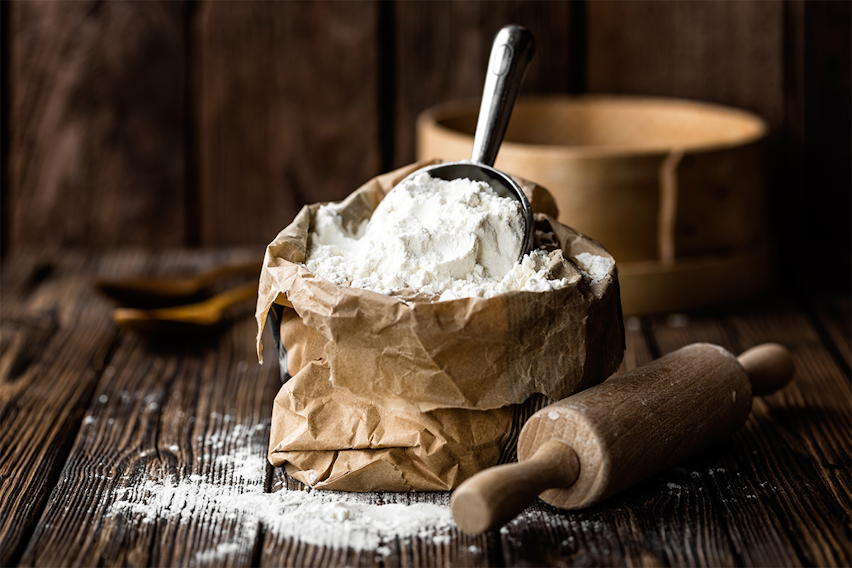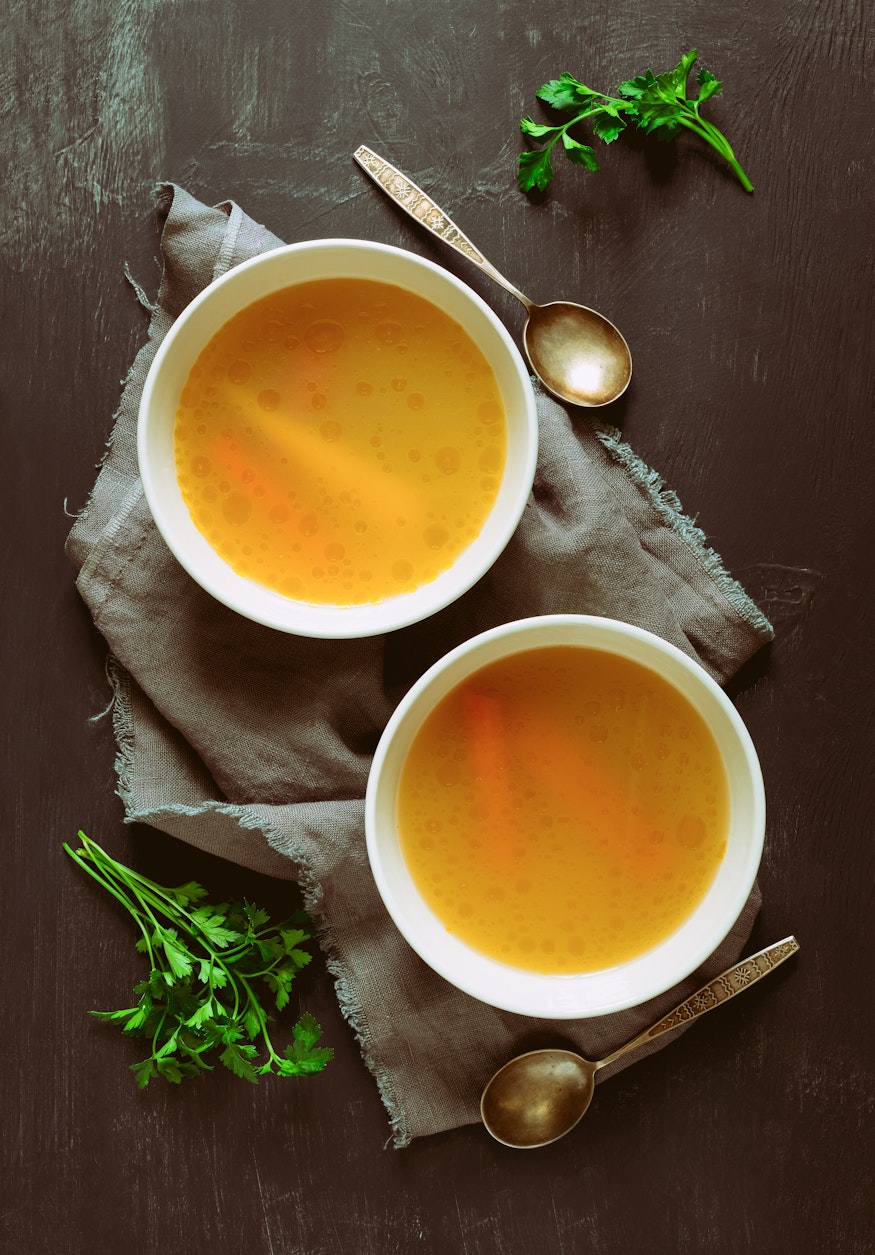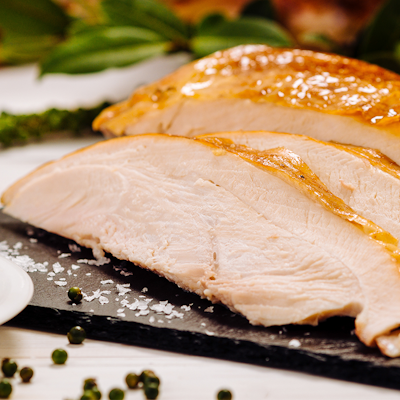Allergen Deep Dive: Lupin

Type Lupin into Google and you’re more likely to see references to a Harry Potter character or a French television show than you are a type of food.
But whilst Lupin isn’t a common ingredient, particularly in the UK, it is one of the 14 major food allergens.
It’s also an increasingly popular choice for those on Keto diets and those avoiding Gluten, so it’s never been more important to understand what Lupin is and why those who are allergic to it must be careful.
So, read on to find everything you need to know about a Lupin allergy, including the foods you need to watch out for and what the symptoms look like..
What is Lupin?
Lupin comes from a small plant with tall spikes and yellow, blue or purple flowers that is native to North Africa, Latin America and some parts of Europe.
Beans from this plant come in 2 varieties, one sweet and one bitter, with the former being the type most commonly used for human consumption.
Lupin beans can be eaten in their original form, but are more typically dried out and ground into a fine flour. Lupin flour is used in the same way wheat or rice flour is, and though some people find it to be flavourless, others believe it has a bitter taste.

Can you be allergic to Lupin?
Yes, you can be allergic to Lupin. Lupin allergies are not known to be very common in the UK, but that is because lupin is not frequently used as an ingredient in the region.
As with most allergies, lupin allergies usually start in childhood, with some people growing out of it by adulthood, and it is often associated with a peanut allergy (aka cross-reactivity). Peanuts and lupin belong to the same legume family, and so while a person with a lupin allergy will not necessarily have a peanut allergy and vice versa, they are both best avoided by those with severe allergies.
What is a Lupin allergy?
An allergy occurs when a person’s body misidentifies a harmless substance as being dangerous, and triggers a reaction from the immune system. In the case of a Lupin allergy, that harmless substance is Lupin.
Allergic reactions can vary, and include anything from uncomfortable itching to life-threatening anaphylaxis.
An allergy is different to an intolerance, with the former affecting the immune system and an intolerance not affecting the immune system. A sensitivity to a substance means that its effects (such as caffeine being a stimulant) are felt more keenly than usual.
What is a Lupin intolerance?
An intolerance to a food or drink is different to an allergy because it does not affect the immune system. It prompts a negative reaction from other areas of the body - very often the digestive system.
In the case of Lupin, the lupin beans contain anti-nutrients like lectins and phytic acid that can disturb the digestive system.
It’s important to understand that allergies and intolerances can share symptoms but only an allergy can trigger anaphylaxis, so getting the correct diagnosis and medication is critical.
Is being allergic or intolerant to Lupin the same as being allergic or intolerant to Cereals containing Gluten?
No. Although Lupin is primarily used in cooking and baking as a flour, it is not the same as a cereal, and has more in common with nuts or soya than it does wheat or oats.
Lupin is gluten-free, and is often used as a substitute for wheat or other Cereals containing Gluten in gluten-free products.
What food and drinks do you find Lupin in?
Lupin comes from lupin beans, which can be eaten raw, pickled or boiled. More commonly lupin beans are dried and ground into flour, which is used in baking and cooking.
Lupin flour is particularly popular in Keto recipes, due to it being high in protein and low in carbs.
Lupin can be found in the following foods:
- Pastry cases
- Pies
- Waffles
- Bread
- Pancakes
- Crepes
- Pasta
- Pizzas
- Vegetarian meat substitute
- Deep-coated vegetables such as onion rings
- Gluten-free products
- Sauces
- Stews
- Hummus
- Rolls
- Biscuits and cookies
- Cakes

What are surprising foods that contain Lupin?

Some of the unexpected food and drinks you can find Lupin in are:
- Chicken bouillon
- Chicken soup
- Animal-free milk
- Meat replacements
- Antipasto
- Gluten-free sausages
What’s another name for Lupin?
Lupin might appear on food packaging under the following names:
- Lupine
- Lupin flour
- Lupin seed
- Lupin bean
What does an allergic reaction to Lupin look like?
Lupin allergy symptoms usually appear within an hour of eating or coming into contact with the allergen. These symptoms include:
- Red, itchy rash (either raised or not raised)
- Dizziness
- Vomiting and nausea
- Mouth itching or tingling
- Hives
- Shortness of breath and/or wheezing
- Sneezing
- Diarrhoea
- Face, mouth and/or throat swelling
- Abdominal pain
- Difficulty swallowing
- Wheezing
An allergic reaction to Lupin may particularly involve a ‘nettle rash’ on the body and an itchy tingling in the mouth.
An allergic reaction may also result in anaphylaxis. This can be fatal, and the symptoms include
- Difficulty breathing
- Faintness and dizziness
- Swollen tongue and issues with speaking or swallowing
- Tight chest
- Collapsing and losing consciousness
If a person experiences anaphylaxis an ambulance must be called.
How do you treat a Lupin allergy?
A Lupin allergy is best treated by checking ingredients and avoiding foods and drinks that contain Lupin flour or lupin beans. If a mild reaction is suffered, antihistamines may help.
If an anaphylactic reaction occurs an AAI should be administered and 999 called.
How can I avoid Lupin?
You can avoid Lupin by carefully checking ingredients labels on food products, and checking with restaurant staff while dining out.
If you wish to follow a gluten-free diet and have a Lupin allergy you should also be very careful when selecting gluten-free foods.

What’s an alternative for Lupin?
Very few Northern Europe or North American dishes contain Lupin - in fact, it is often used as an alternative to wheat in flour that is suitable for those with a Gluten intolerance or allergy to Cereals containing Gluten to eat.
In recipes that use Lupin flour, wheat or rice flour may be used a substitute.
In bean form, peanuts or other legumes are a suitable replacement for Lupin.
Is Lupin one of the 14 major food allergens?
Lupin is one of the 14 major food allergens.
This means that pre-packed food sold in the UK, and the rest of the European Union, must clearly indicate on the label if it contains Lupin.
The other major food allergens are









